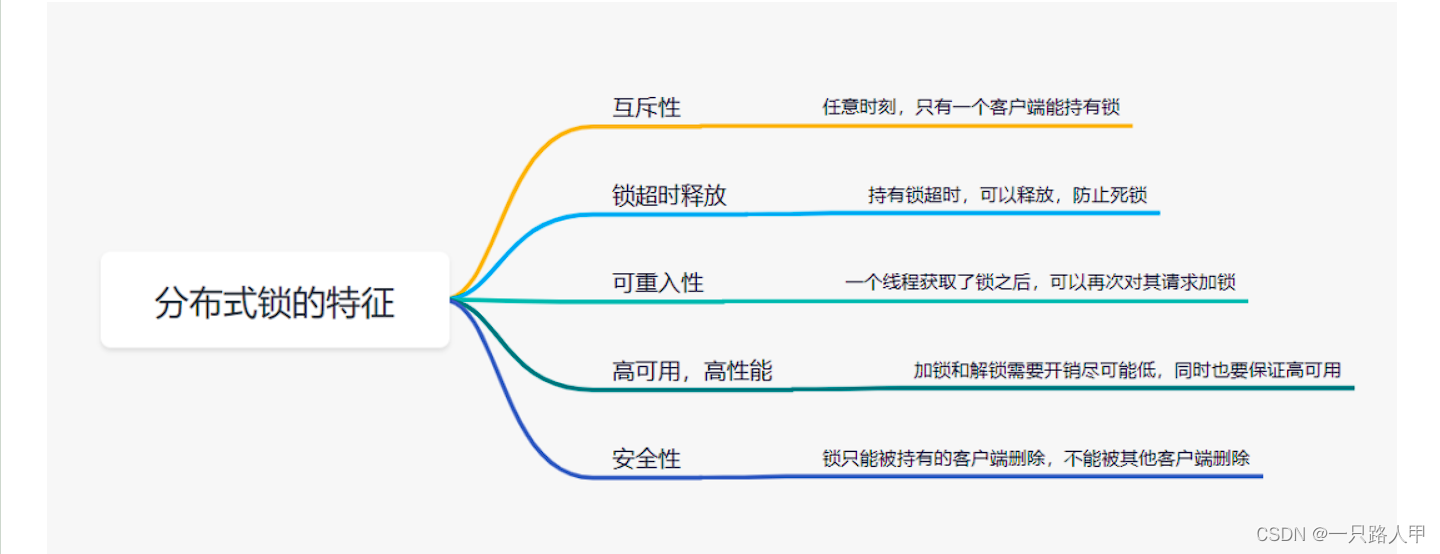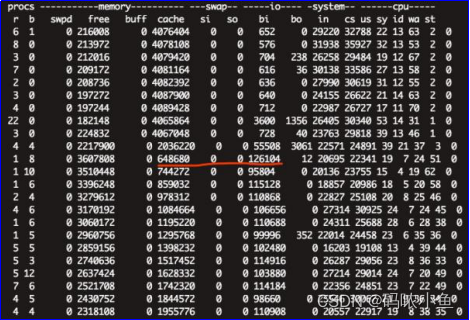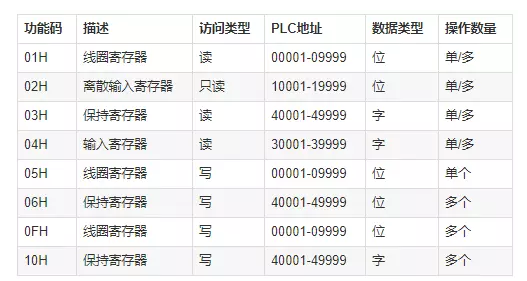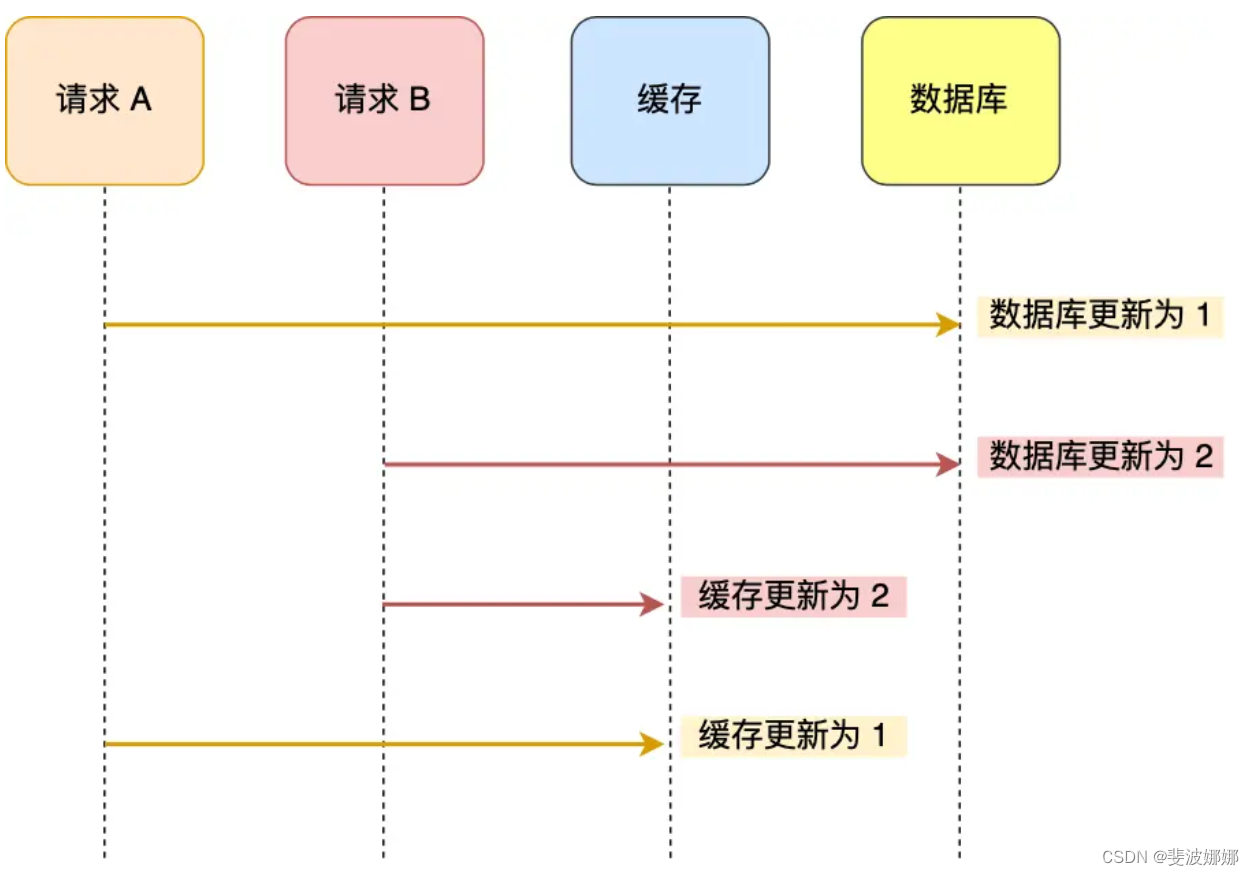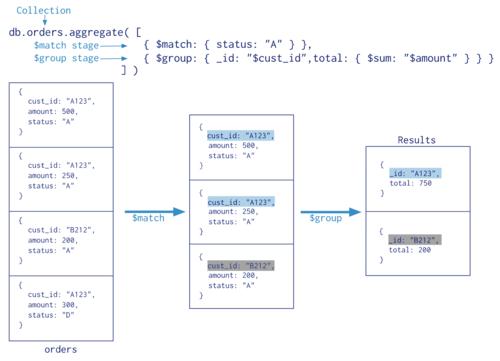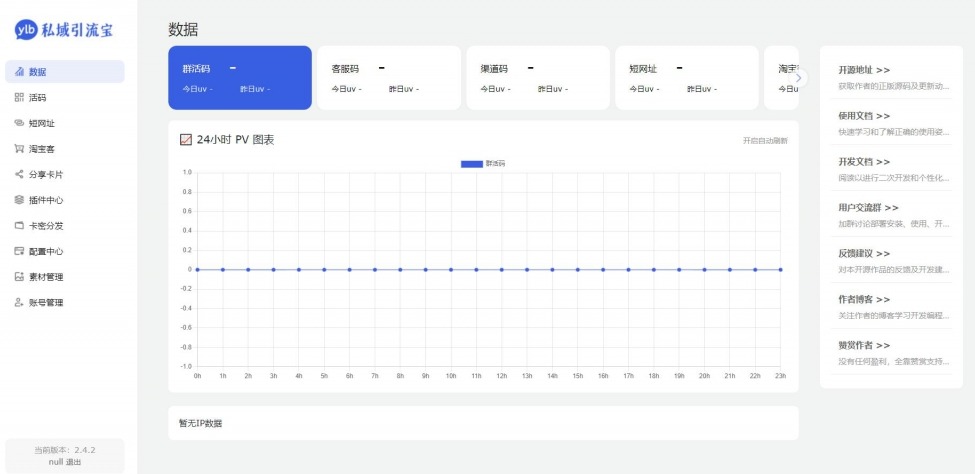1. TaskAlignedAssigner简介
TaskAlignedAssigner 的匹配策略简单总结为:根据分类与回归的分数加权的分数选择正样本。
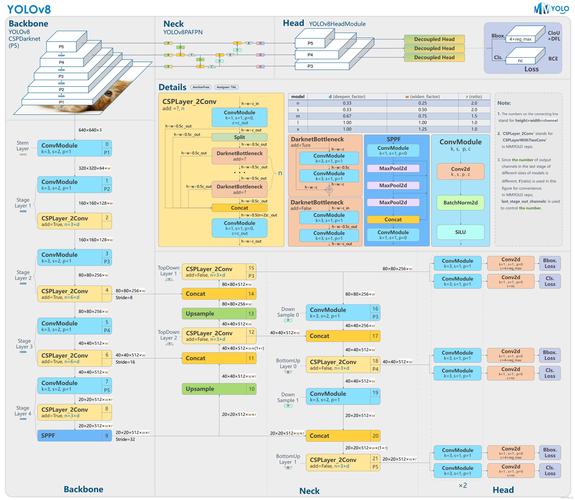
(1) 计算真实框和预测框的匹配程度。
a l i g n _ m e t r i c = s α ∗ u β align\_metric= s ^\alpha *u^\beta align_metric=sα∗uβ 其中, s {s} s是预测类别分值, u {u} u是预测框和真实框的ciou值, α \alpha α和 β \beta β为权重超参数,两者相乘就可以衡量匹配程度,当分类的分值越高且ciou越高时, a l i g n _ m e t r i c {align\_metric} align_metric的值就越接近于1,此时预测框就与真实框越匹配,就越符合正样本的标准。
(2) 对于每个真实框,直接对 a l i g n _ m e t r i c {align\_metric} align_metric匹配程度排序,选取topK个预测框作为正样本。
(3)对一个预测框与多个真实框匹配测情况进行处理,保留ciou值最大的真实框。
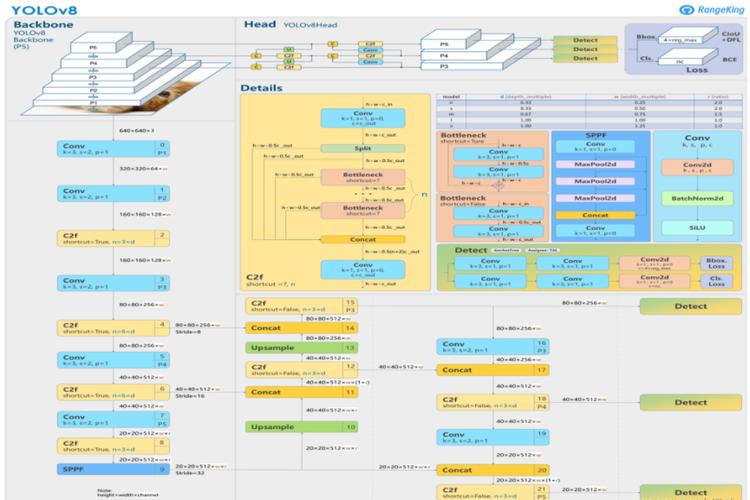
2. 代码及注释
import torch # pytorch的版本最低为 1.10
import torch.nn as nn
import torch.nn.functional as F
import math
def select_candidates_in_gts(xy_centers, gt_bboxes, eps=1e-9):
"""select the positive anchor center in gt
Args:
xy_centers (Tensor): shape(h*w, 2)
gt_bboxes (Tensor): shape(b, n_boxes, 4)
Return:
(Tensor): shape(b, n_boxes, h*w)
"""
n_anchors = xy_centers.shape[0]
bs, n_boxes, _ = gt_bboxes.shape
lt, rb = gt_bboxes.view(-1, 1, 4).chunk(2, 2) # left-top, right-bottom
bbox_deltas = torch.cat((xy_centers[None] - lt, rb - xy_centers[None]), dim=2).view(bs, n_boxes, n_anchors, -1)
# return (bbox_deltas.min(3)[0] > eps).to(gt_bboxes.dtype)
# torch.amin(input, dim, keepdim=False, *, out=None) → Tensor 返回给定维度 dim 中 input 张量的每个切片的最小值。
return bbox_deltas.amin(3).gt_(eps)
def select_highest_overlaps(mask_pos, overlaps, n_max_boxes):
"""if an anchor box is assigned to multiple gts,
the one with the highest iou will be selected.
Args:
mask_pos (Tensor): shape(b, n_max_boxes, h*w)
overlaps (Tensor): shape(b, n_max_boxes, h*w)
Return:
target_gt_idx (Tensor): shape(b, h*w)
fg_mask (Tensor): shape(b, h*w)
mask_pos (Tensor): shape(b, n_max_boxes, h*w)
"""
# 一个预测框匹配真实框的个数
# (b, n_max_boxes, h*w) -> (b, h*w)
fg_mask = mask_pos.sum(-2)
# 如果一个预测框匹配真实框的个数 > 1
if fg_mask.max() > 1: # one anchor is assigned to multiple gt_bboxes
# 一个预测框匹配多个真实框的位置
mask_multi_gts = (fg_mask.unsqueeze(1) > 1).repeat([1, n_max_boxes, 1]) # (b, n_max_boxes, h*w)
# 与预测框IoU值最高的真实框的索引
max_overlaps_idx = overlaps.argmax(1) # (b, h*w)
# 进行one-hot编码,与预测框IoU值最高的真实框的位置为 1
is_max_overlaps = F.one_hot(max_overlaps_idx, n_max_boxes) # (b, h*w, n_max_boxes)
is_max_overlaps = is_max_overlaps.permute(0, 2, 1).to(overlaps.dtype) # (b, n_max_boxes, h*w)
mask_pos = torch.where(mask_multi_gts, is_max_overlaps, mask_pos) # (b, n_max_boxes, h*w)
# 正样本的mask
fg_mask = mask_pos.sum(-2)
# 每个正样本与之匹配真实框的索引
# find each grid serve which gt(index)
target_gt_idx = mask_pos.argmax(-2) # (b, h*w)
return target_gt_idx, fg_mask, mask_pos
class TaskAlignedAssigner(nn.Module):
def __init__(self, topk=13, num_classes=80, alpha=1.0, beta=6.0, eps=1e-9):
super().__init__()
self.topk = topk # 每个gt box最多选择topk个候选框作为正样本
self.num_classes = num_classes
self.bg_idx = num_classes
self.alpha = alpha
self.beta = beta
self.eps = eps
@torch.no_grad()
def forward(self, pd_scores, pd_bboxes, anc_points, gt_labels, gt_bboxes, mask_gt):
"""This code referenced to
https://Github.com/Nioolek/PPYOLOE_pytorch/blob/master/ppyoloe/assigner/tal_assigner.py
Args:
pd_scores (Tensor): shape(bs, num_total_anchors, num_classes)
pd_bboxes (Tensor): shape(bs, num_total_anchors, 4)
anc_points (Tensor): shape(num_total_anchors, 2)
gt_labels (Tensor): shape(bs, n_max_boxes, 1)
gt_bboxes (Tensor): shape(bs, n_max_boxes, 4)
mask_gt (Tensor): shape(bs, n_max_boxes, 1)
Returns:
target_labels (Tensor): shape(bs, num_total_anchors)
target_bboxes (Tensor): shape(bs, num_total_anchors, 4)
target_scores (Tensor): shape(bs, num_total_anchors, num_classes)
fg_mask (Tensor): shape(bs, num_total_anchors)
"""
# batch size 的大小
self.bs = pd_scores.size(0)
# 每个图片真实框个数不同,按图片中真实框最大的个数进行补零对齐。
# n_max_boxes:最大真实框的个数
self.n_max_boxes = gt_bboxes.size(1)
# 如果不存在真实框,直接返回结果
if self.n_max_boxes == 0:
device = gt_bboxes.device
return (torch.full_like(pd_scores[..., 0], self.bg_idx).to(device), torch.zeros_like(pd_bboxes).to(device),
torch.zeros_like(pd_scores).to(device), torch.zeros_like(pd_scores[..., 0]).to(device),
torch.zeros_like(pd_scores[..., 0]).to(device))
# 真实框的mask,正负样本的匹配程度,正负样本的IoU值
mask_pos, align_metric, overlaps = self.get_pos_mask(pd_scores, pd_bboxes, gt_labels, gt_bboxes, anc_points,
mask_gt)
# 对一个正样本匹配多个真实框的情况进行调整
target_gt_idx, fg_mask, mask_pos = select_highest_overlaps(mask_pos, overlaps, self.n_max_boxes)
# assigned target
target_labels, target_bboxes, target_scores = self.get_targets(gt_labels, gt_bboxes, target_gt_idx, fg_mask)
# normalize
align_metric *= mask_pos
pos_align_metrics = align_metric.amax(axis=-1, keepdim=True) # b, max_num_obj
pos_overlaps = (overlaps * mask_pos).amax(axis=-1, keepdim=True) # b, max_num_obj
norm_align_metric = (align_metric * pos_overlaps / (pos_align_metrics + self.eps)).amax(-2).unsqueeze(-1)
target_scores = target_scores * norm_align_metric
return target_labels, target_bboxes, target_scores, fg_mask.bool(), target_gt_idx
def get_pos_mask(self, pd_scores, pd_bboxes, gt_labels, gt_bboxes, anc_points, mask_gt):
# 预测框和真实框的匹配程度、预测框和真实框的IoU值
# get anchor_align metric, (b, max_num_obj, h*w)
align_metric, overlaps = self.get_box_metrics(pd_scores, pd_bboxes, gt_labels, gt_bboxes)
# 筛选锚点在真实框内的预测框
# get in_gts mask, (b, max_num_obj, h*w)
mask_in_gts = select_candidates_in_gts(anc_points, gt_bboxes)
# get topk_metric mask, (b, max_num_obj, h*w)
# 由于为了使每张图片真实框的数量进行对齐,进行了补 0 操作,mask_gt 用于确定有效真实框
mask_topk = self.select_topk_candidates(align_metric * mask_in_gts,
topk_mask=mask_gt.repeat([1, 1, self.topk]).bool())
# merge all mask to a final mask, (b, max_num_obj, h*w)
mask_pos = mask_topk * mask_in_gts * mask_gt
return mask_pos, align_metric, overlaps
def get_box_metrics(self, pd_scores, pd_bboxes, gt_labels, gt_bboxes):
ind = torch.zeros([2, self.bs, self.n_max_boxes], dtype=torch.long) # 2, b, max_num_obj
ind[0] = torch.arange(end=self.bs).view(-1, 1).repeat(1, self.n_max_boxes) # b, max_num_obj
ind[1] = gt_labels.long().squeeze(-1) # b, max_num_obj
# get the scores of each grid for each gt cls
# pd_scores[ind[0]] 将每个batch的生成的预测框的重复 max_num_obj 次 size 大小变为 b*max_num_obj*num_total_anchors*num_classes
# bbox_scores 的 size 为 b*max_num_obj*num_total_anchors,ind[1] 对类别进行得分进行选取
bbox_scores = pd_scores[ind[0], :, ind[1]] # b, max_num_obj, num_total_anchors
# overlaps 的 size 为 b*max_num_obj*num_total_anchors
# gt_bboxes.unsqueeze(2) 的 size 为 b*max_num_obj*1*4
# pd_bboxes.unsqueeze(1) 的 size 为 b*1*num_total_anchors*4
# bbox_iou 的计算结果 的 size 为 b*max_num_obj*num_total_anchors*1,所以进行维度的压缩
overlaps = bbox_iou(gt_bboxes.unsqueeze(2), pd_bboxes.unsqueeze(1), xywh=False,
CIoU=True).squeeze(3).clamp(0)
# 预测框和真实框的匹配程度 = 预测类别分值**alpha × 预测框和真实框的ciou值**beta
align_metric = bbox_scores.pow(self.alpha) * overlaps.pow(self.beta)
return align_metric, overlaps
def select_topk_candidates(self, metrics, largest=True, topk_mask=None):
"""
Args:
metrics: (b, max_num_obj, h*w).
topk_mask: (b, max_num_obj, topk) or None
"""
num_anchors = metrics.shape[-1] # h*w
# 第一个值为排序的数组,第二个值为该数组中获取到的元素在原数组中的位置标号。
topk_metrics, topk_idxs = torch.topk(metrics, self.topk, dim=-1, largest=largest)
# 如果没有给出有效真实框的mask,通过真实框和预测框的匹配程度确定真实框的有效性
if topk_mask is None:
topk_mask = (topk_metrics.max(-1, keepdim=True) > self.eps).tile([1, 1, self.topk])
# 如果真实框是无效的,将与之匹配的正样本索引值置为 0
# (b, max_num_obj, topk)
topk_idxs[~topk_mask] = 0
# 将索引值进行 one-hot 编码
is_in_topk = F.one_hot(topk_idxs, num_anchors).sum(-2)
# 过滤无效值
# filter invalid bboxes
is_in_topk = torch.where(is_in_topk > 1, 0, is_in_topk)
return is_in_topk.to(metrics.dtype)
def get_targets(self, gt_labels, gt_bboxes, target_gt_idx, fg_mask):
"""
Args:
gt_labels: (b, max_num_obj, 1)
gt_bboxes: (b, max_num_obj, 4)
target_gt_idx: (b, h*w)
fg_mask: (b, h*w)
"""
# assigned target labels, (b, 1)
batch_ind = torch.arange(end=self.bs, dtype=torch.int64, device=gt_labels.device)[..., None]
target_gt_idx = target_gt_idx + batch_ind * self.n_max_boxes # (b, h*w)
target_labels = gt_labels.long().flatten()[target_gt_idx] # (b, h*w)
# assigned target boxes, (b, max_num_obj, 4) -> (b, h*w)
target_bboxes = gt_bboxes.view(-1, 4)[target_gt_idx]
# assigned target scores
target_labels.clamp(0)
target_scores = F.one_hot(target_labels, self.num_classes) # (b, h*w, 80)
fg_scores_mask = fg_mask[:, :, None].repeat(1, 1, self.num_classes) # (b, h*w, 80)
target_scores = torch.where(fg_scores_mask > 0, target_scores, 0)
return target_labels, target_bboxes, target_scores
# IoU,GIoU,DIoU,CIoU的计算这里不作详细解释
def bbox_iou(box1, box2, xywh=True, GIoU=False, DIoU=False, CIoU=False, eps=1e-7):
# Returns Intersection over Union (IoU) of box1(1,4) to box2(n,4)
# Get the coordinates of bounding boxes
if xywh: # transform from xywh to xyxy
(x1, y1, w1, h1), (x2, y2, w2, h2) = box1.chunk(4, -1), box2.chunk(4, -1)
w1_, h1_, w2_, h2_ = w1 / 2, h1 / 2, w2 / 2, h2 / 2
b1_x1, b1_x2, b1_y1, b1_y2 = x1 - w1_, x1 + w1_, y1 - h1_, y1 + h1_
b2_x1, b2_x2, b2_y1, b2_y2 = x2 - w2_, x2 + w2_, y2 - h2_, y2 + h2_
else: # x1, y1, x2, y2 = box1
b1_x1, b1_y1, b1_x2, b1_y2 = box1.chunk(4, -1)
b2_x1, b2_y1, b2_x2, b2_y2 = box2.chunk(4, -1)
w1, h1 = b1_x2 - b1_x1, b1_y2 - b1_y1 + eps
w2, h2 = b2_x2 - b2_x1, b2_y2 - b2_y1 + eps
# Intersection area
inter = (b1_x2.minimum(b2_x2) - b1_x1.maximum(b2_x1)).clamp(0) * \
(b1_y2.minimum(b2_y2) - b1_y1.maximum(b2_y1)).clamp(0)
# Union Area
union = w1 * h1 + w2 * h2 - inter + eps
# IoU
iou = inter / union
if CIoU or DIoU or GIoU:
cw = b1_x2.maximum(b2_x2) - b1_x1.minimum(b2_x1) # convex (smallest enclosing box) width
ch = b1_y2.maximum(b2_y2) - b1_y1.minimum(b2_y1) # convex height
if CIoU or DIoU: # Distance or Complete IoU https://arxiv.org/abs/1911.08287v1
c2 = cw ** 2 + ch ** 2 + eps # convex diagonal squared
rho2 = ((b2_x1 + b2_x2 - b1_x1 - b1_x2) ** 2 + (b2_y1 + b2_y2 - b1_y1 - b1_y2) ** 2) / 4 # center dist ** 2
if CIoU: # https://github.com/Zzh-tju/DIoU-SSD-pytorch/blob/master/utils/box/box_utils.py#L47
v = (4 / math.pi ** 2) * (torch.atan(w2 / h2) - torch.atan(w1 / h1)).pow(2)
with torch.no_grad():
alpha = v / (v - iou + (1 + eps))
return iou - (rho2 / c2 + v * alpha) # CIoU
return iou - rho2 / c2 # DIoU
c_area = cw * ch + eps # convex area
return iou - (c_area - union) / c_area # GIoU https://arxiv.org/pdf/1902.09630.pdf
return iou # IoU


